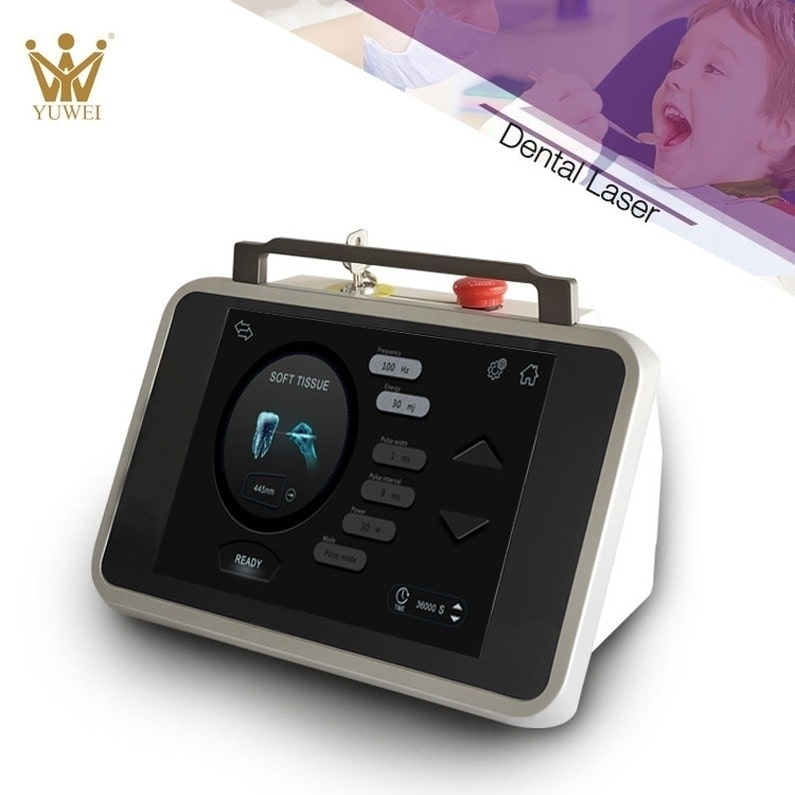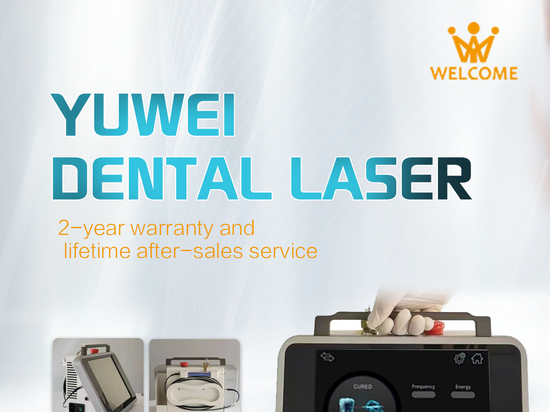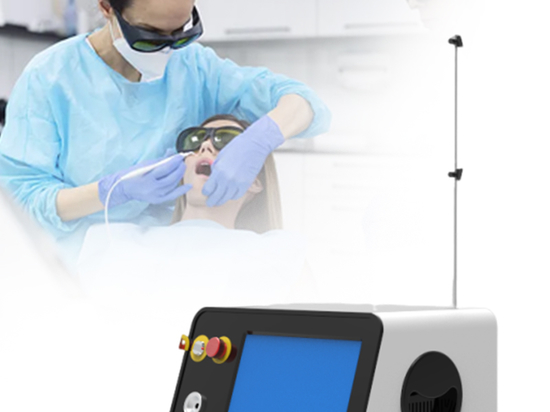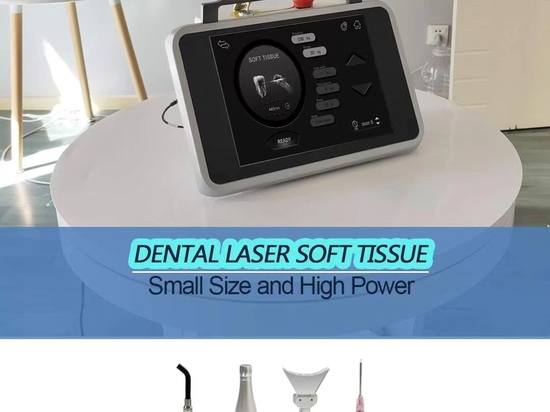
#Industry News
Best Practices for Dental Instrument Maintenance and Management
This article explores best practices for maintaining and managing dental instruments, including key steps for cleaning, disinfection, storage, and regular inspections, helping dental clinics improve efficiency and extend instrument lifespan.
Dental instruments are essential tools in providing high-quality service at dental clinics. Their performance and lifespan are directly related to operational efficiency and patient experience. However, due to frequent use and complex operating environments, these instruments are prone to contamination and damage. Implementing a comprehensive maintenance and management plan is therefore crucial. Below are the best practices for dental instrument maintenance and management.
Cleaning: The First Step in Maintenance
Cleaning is the foundation of any maintenance process. Dental instruments should be cleaned immediately after each use to remove blood, tissue, and other residues. Manual cleaning requires the use of soft brushes and specialized cleaning agents, avoiding corrosive chemicals or abrasive tools. Ultrasonic cleaners can also be used to effectively clean complex instruments.
Disinfection and Sterilization: Ensuring Patient Safety
After cleaning, instruments must be disinfected or sterilized to eliminate microbial contamination. High-temperature, high-pressure steam sterilization (e.g., autoclaving) is the most commonly used method, but the instruments must be heat-resistant. For heat-sensitive instruments, low-temperature sterilization methods like ethylene oxide or hydrogen peroxide plasma sterilization can be used.
Storage: Maintaining a Sterile Environment
Sterilized instruments should be stored in a sterile environment, using sealed storage containers or packaging to prevent recontamination. Ensure the storage area is dry, clean, and free of dust and moisture. Regularly inspect storage conditions to avoid adverse effects caused by environmental changes.
Regular Inspection and Maintenance
Regular inspections help identify and address potential issues, preventing instrument failure at critical times. Clinics should develop maintenance schedules, including checking the sharpness of blades, flexibility of moving parts, and the functionality of electronic devices. Repair or replace damaged or worn instruments promptly.
Training and Supervision
Ensuring staff understand the correct procedures for instrument maintenance is crucial. Provide regular training to familiarize employees with the latest cleaning, disinfection, and storage techniques. Establish monitoring mechanisms to ensure compliance with standards.
Record Management
Maintaining records of cleaning, disinfection, and maintenance not only enhances transparency but also provides critical traceability information in case of issues. Records should include usage frequency, cleaning methods, and maintenance dates.
Conclusion
Maintaining and managing dental instruments is an integral part of daily operations and key to improving treatment quality and patient safety. By following scientific cleaning, disinfection, storage, and maintenance methods, clinics can extend the lifespan of instruments, reduce operational costs, and enhance patient trust and satisfaction.





